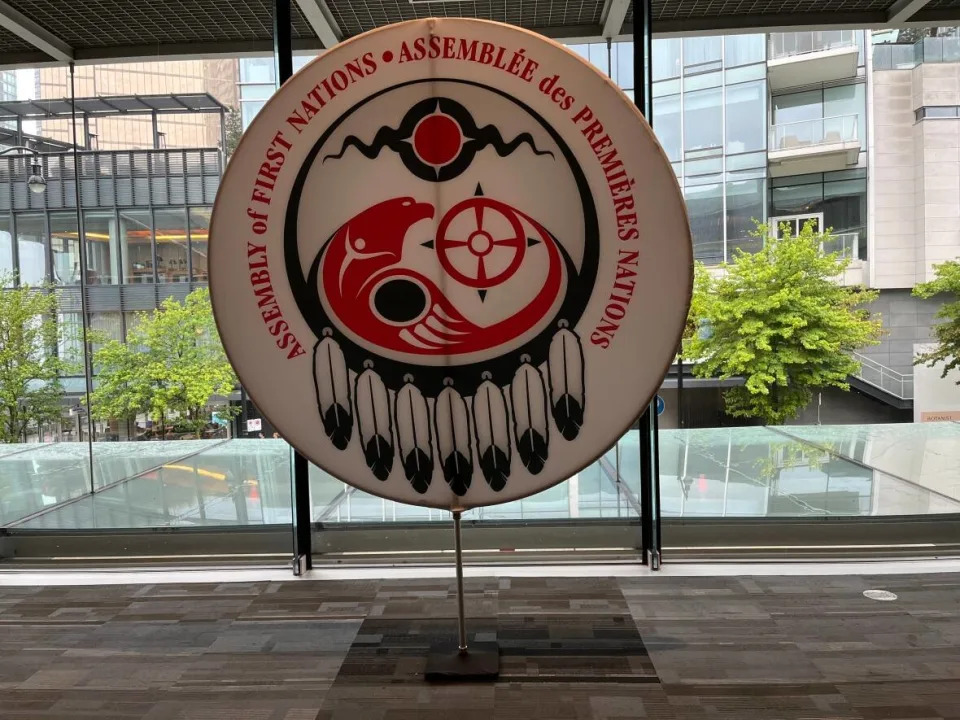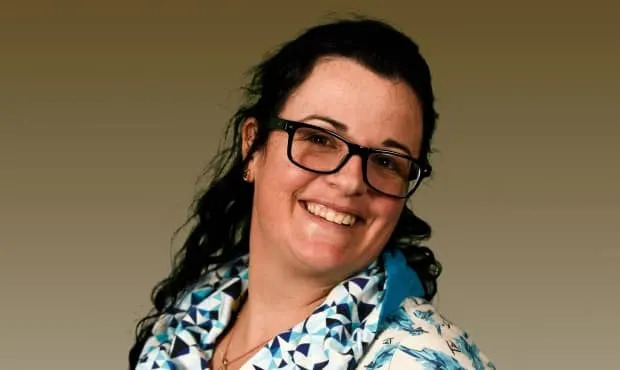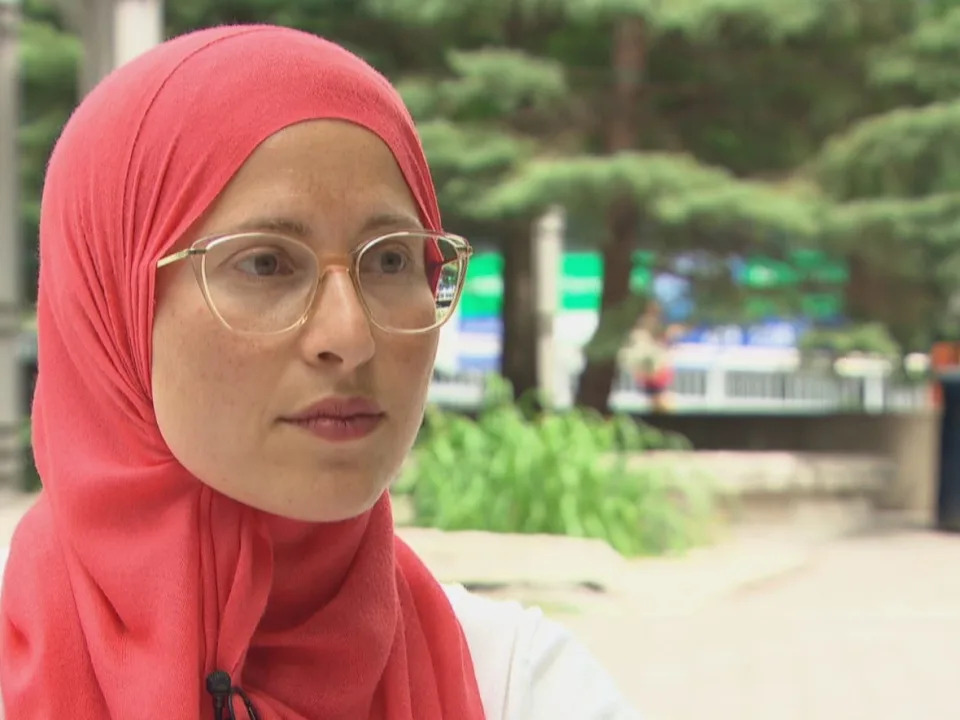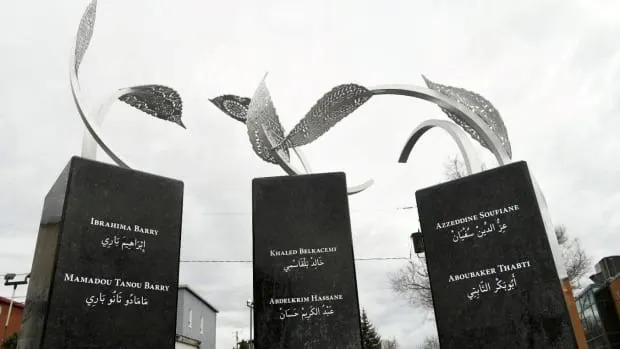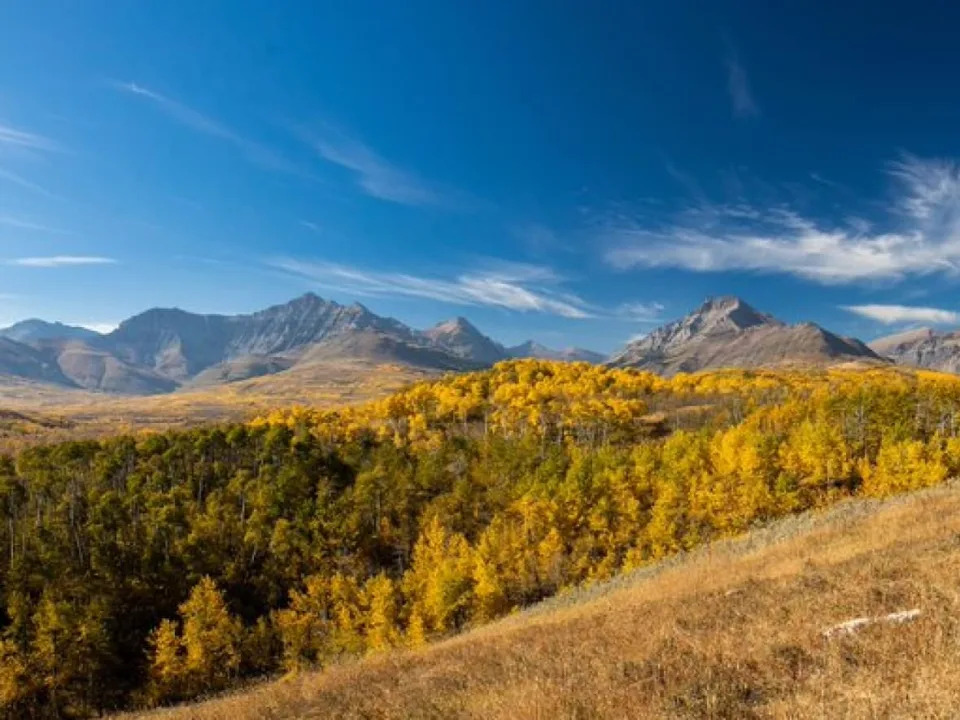Claire Clarkson
CBC
February 1, 2023

Celebrity obituaries are never short of lavish praise or glorification, but when a star has a legacy that includes allegations of domestic violence and racism, as in the case of Canadian hockey legend Bobby Hull, the flattering tributes can be hard for some to stomach.
Hull died Monday at the age of 84 after a storied career in the NHL.
NHL Commissioner Gary Bettman, who is celebrating his 30th anniversary this week, remembered Hull as a “sociable” and “explosive” player praising his string of achievements. The league made no mention of Hull’s troubling past in either its statement or its four minutes Career review video shared on social media, and Hull’s image was projected onto the ice at NHL games Monday night.
The Hockey Hall of Fame that Hull introduced in 1983, and two of the professional teams he played on Chicago and the Winnipeg Jets (the Hartford Whalers no longer exist as a franchise), issued statements expressing sorrow and sympathy. But even in their monuments, Hull’s personal history was not recognized.
As of Tuesday, Hockey Canada had made no statement on its website or social media channels about Hull, who won the 1976 Canada Cup as a member of Team Canada. The sports governing body in that country is mired in a scandal of its own over its handling of sexual assault allegations.
“We cannot reflect on the history of this player and his importance to football without considering that he was another player whose career was marked by violence against women,” said Kristi Allain, associate professor of sociology at St .Thomas University in Fredericton. Allain has explored cultures of violent masculinity in men’s elite ice hockey.
As hockey grapples with allegations of abuse, discrimination and a toxic culture, Allain is concerned that glamorizing Hull’s career achievements without serious scrutiny of his behavior could spell a step backwards in efforts to reform the sport.
While it may be difficult “to speak ill of the dead,” she said, it’s important to be transparent.
“If we are demanding a change in hockey culture, we cannot bury [this]. His legacy is not just human shortcomings.”

Celebrity obituaries are never short of lavish praise or glorification, but when a star has a legacy that includes allegations of domestic violence and racism, as in the case of Canadian hockey legend Bobby Hull, the flattering tributes can be hard for some to stomach.
Hull died Monday at the age of 84 after a storied career in the NHL.
NHL Commissioner Gary Bettman, who is celebrating his 30th anniversary this week, remembered Hull as a “sociable” and “explosive” player praising his string of achievements. The league made no mention of Hull’s troubling past in either its statement or its four minutes Career review video shared on social media, and Hull’s image was projected onto the ice at NHL games Monday night.
The Hockey Hall of Fame that Hull introduced in 1983, and two of the professional teams he played on Chicago and the Winnipeg Jets (the Hartford Whalers no longer exist as a franchise), issued statements expressing sorrow and sympathy. But even in their monuments, Hull’s personal history was not recognized.
As of Tuesday, Hockey Canada had made no statement on its website or social media channels about Hull, who won the 1976 Canada Cup as a member of Team Canada. The sports governing body in that country is mired in a scandal of its own over its handling of sexual assault allegations.
“We cannot reflect on the history of this player and his importance to football without considering that he was another player whose career was marked by violence against women,” said Kristi Allain, associate professor of sociology at St .Thomas University in Fredericton. Allain has explored cultures of violent masculinity in men’s elite ice hockey.
As hockey grapples with allegations of abuse, discrimination and a toxic culture, Allain is concerned that glamorizing Hull’s career achievements without serious scrutiny of his behavior could spell a step backwards in efforts to reform the sport.
While it may be difficult “to speak ill of the dead,” she said, it’s important to be transparent.
“If we are demanding a change in hockey culture, we cannot bury [this]. His legacy is not just human shortcomings.”
LOOK AT | Bobby Hull’s Complicated Legacy:
NHL legend Bobby Hull has died at the age of 84
Former NHLer Bobby Hull has died at the age of 84. He was tough and unstoppable on the ice throughout his 23-year professional career, but his personal life has been marred by allegations of domestic violence and controversial comments.
Allegations against Bobby Hull
One of the biggest blemishes on Hull’s reputation are allegations that he abused two of his wives.
Joanne McKay divorced him in 1980 after an allegedly abusive relationship. “I got a real beating there,” she said in one 2002 ESPN Documentarydescribing an alleged attack that took place while vacationing in Hawaii in 1966.
“[Bobby] Just picked me up, threw me over his shoulder, threw me into the room and just kept beating me to death. He took my shoe – with a steel heel – and hit me on the head. I was covered in blood. And I remember he held me over the balcony and I thought, this is the end, I’m going.”
Bobby Hull and his wife Joanne toast champagne to celebrate Bobby’s signing of two contracts with the World Hockey Association and Winnipeg Jets in June 1972. (The Associated Press)
Hull was charged with assault and battery in December 1986, in connection with an alleged assault on his then-wife Deborah Hull. That charge was dropped a few months later when she said she didn’t want to testify.
In 1987, Hull pleaded guilty to assaulting a police officer who attempted to intervene in that incident. According to Chicago Sun TimesHull was ordered to pay a $150 fine and six months in court surveillance.
There were also allegations of racism and anti-Semitism. In a 1998 interview with a Russian-English language news agency, he was quoted as having spoken positively about Nazi leader Adolf Hitler.
Hull reportedly told the Moscow Times that “Hitler, for example, had some good ideas. He just went a little too far,” when discussing his thoughts on black population growth.
Hull would later deny he made the remarks and sued the source of defamation, along with the Canadian newspaper Toronto Sun, which reported on the interview. He claimed he was tricked.
How sport has reacted to the Hull story
Hull’s off-ice behavior overshadowed his legacy to some degree, says Gare Joyce, author of the 2012 book The Devil and Bobby Hull: How Hockey’s Original Million Dollar Man Became the Lost Legend of the Game.
“Even before ‘Me Too’, I think there had been some adjustment in the way people in hockey viewed Hull,” Joyce said in an interview with CBC News on Monday. “In that first group of great players, he’s not talked about [such as Jean Béliveau, Bobby Orr and Wayne Gretzky]. He’s not in the conversation.”
But the sport’s organizations don’t seem to be having conversations about Hull’s dark past – at least not publicly.
CBC News reached out to the NHL, Hockey Canada, the Hockey Hall of Fame, the Winnipeg Jets and Chicago’s NHL franchise to ask if they considered the allegations against Hull before releasing tributes and why they didn’t mention his troubles had past.
Neither organization responded in time for publication.
In a news conference Monday, Winnipeg Jets head coach Rick Bowness brushed aside a question about how to reconcile Hull’s off-ice demeanor with his rink legacy.
“I’m not going to get into that,” Bowness said. “Listen, he was a great hockey player. He had influence on the league, [he was in the] hall of fame. Let’s leave it at that.”
Chicago — a team Hull has played 15 seasons with — may have realized its history was an issue when the franchise announced nearly a year ago that it had dropped the former left winger as one of its ambassadors.
Former Chicago player Bobby Hull is introduced to fans during the NHL hockey team’s convention in Chicago in July 2019. (The Associated Press)
According to Chicago Sun Timesthe team said it “redefined the role of team ambassador” while dealing with the fallout from the sexual assault allegations in Kyle Beach, and there was a mutual agreement that Hull would “retire from any official team role.”
But as the Sun-Times pointed out, Hull had been appointed ambassador in 2008, many years after allegations were leveled against him suggesting “the Hawks haven’t taken care of them until now,” despite having a “black eye.” for the organisation.”
Joyce said Hull should not have been appointed ambassador at all and that “red flags were waved that stretched back to his playing days”. He noted that Hull was “estranged” from the team for several years before a change of ownership opened the door to restore the relationship.
“It just says how willingly the hockey establishment, especially hockey fans, are in ignoring all of the personal failings and the horrific story of his life,” he said.
CLOCK | Court documents reveal details of sexual assault in junior hockey:
Documents reveal new details about allegations of sexual assault in junior hockey
Recently filed court documents explain why police are seeking search warrants to further their investigation into five members of the 2018 World Junior Hockey Team they believe were involved in an alleged sexual assault of a woman in London, Ontario. None of the police allegations have been tested in court and no charges have been filed.
Dealing with violence on and off the ice
Allain believes that because ice hockey is so ingrained in Canadian cultural identity, it can tend to whitewash or downplay the sport’s problems. But criticism of harmful behavior should come first, she said.
She said she finds it interesting that Hull took a stand against the violent brawls in sports, but is said to have behaved so aggressively in private.
“There’s a relationship between the kind of violence that happens on the ice and the kind of violence that happens off the ice,” she said.
Bobby Hull, playing for Chicago and suffering a black eye from injury, scores a goal against Detroit in April 1963 in the second period of the Stanley Cup playoff game. (The Canadian Press)
2016 the NHL announced It joined other professional sports leagues in requiring all of its players to submit to sexual assault, harassment and domestic violence after a number of its players faced lawsuits or investigations related to alleged abuse.
Allain, who has closely watched the fallout of Hockey Canada’s controversial handling of sexual assault allegations against junior hockey players, is skeptical of the steps the sport’s institutions have taken to reform hockey.
She said there has been a lot of lip service, particularly when it comes to being accountable and transparent for the actions of players – including former players like Hull.
“Bobby Hull is a pioneer in many ways. It’s not a legacy I want to celebrate as a woman,” she said.
HEAR | Remembering a legend with a disputed past:
Information Radio – MB6:37The Golden Jet was a legend on the ice with a controversial past
The Golden Jet Bobby Hull has died. While a legend on the ice, he had a controversial past. CBC’s Jim Agapito heard from former sports broadcaster Matt Leibl how he will be remembered.
Source: www.cbc.ca
Hull’s off-ice behavior overshadowed his legacy to some degree, says Gare Joyce, author of the 2012 book The Devil and Bobby Hull: How Hockey’s Original Million Dollar Man Became the Lost Legend of the Game.
“Even before ‘Me Too’, I think there had been some adjustment in the way people in hockey viewed Hull,” Joyce said in an interview with CBC News on Monday. “In that first group of great players, he’s not talked about [such as Jean Béliveau, Bobby Orr and Wayne Gretzky]. He’s not in the conversation.”
But the sport’s organizations don’t seem to be having conversations about Hull’s dark past – at least not publicly.
CBC News reached out to the NHL, Hockey Canada, the Hockey Hall of Fame, the Winnipeg Jets and Chicago’s NHL franchise to ask if they considered the allegations against Hull before releasing tributes and why they didn’t mention his troubles had past.
Neither organization responded in time for publication.
In a news conference Monday, Winnipeg Jets head coach Rick Bowness brushed aside a question about how to reconcile Hull’s off-ice demeanor with his rink legacy.
“I’m not going to get into that,” Bowness said. “Listen, he was a great hockey player. He had influence on the league, [he was in the] hall of fame. Let’s leave it at that.”
Chicago — a team Hull has played 15 seasons with — may have realized its history was an issue when the franchise announced nearly a year ago that it had dropped the former left winger as one of its ambassadors.
Former Chicago player Bobby Hull is introduced to fans during the NHL hockey team’s convention in Chicago in July 2019. (The Associated Press)
According to Chicago Sun Timesthe team said it “redefined the role of team ambassador” while dealing with the fallout from the sexual assault allegations in Kyle Beach, and there was a mutual agreement that Hull would “retire from any official team role.”
But as the Sun-Times pointed out, Hull had been appointed ambassador in 2008, many years after allegations were leveled against him suggesting “the Hawks haven’t taken care of them until now,” despite having a “black eye.” for the organisation.”
Joyce said Hull should not have been appointed ambassador at all and that “red flags were waved that stretched back to his playing days”. He noted that Hull was “estranged” from the team for several years before a change of ownership opened the door to restore the relationship.
“It just says how willingly the hockey establishment, especially hockey fans, are in ignoring all of the personal failings and the horrific story of his life,” he said.
CLOCK | Court documents reveal details of sexual assault in junior hockey:
Documents reveal new details about allegations of sexual assault in junior hockey
Recently filed court documents explain why police are seeking search warrants to further their investigation into five members of the 2018 World Junior Hockey Team they believe were involved in an alleged sexual assault of a woman in London, Ontario. None of the police allegations have been tested in court and no charges have been filed.
Dealing with violence on and off the ice
Allain believes that because ice hockey is so ingrained in Canadian cultural identity, it can tend to whitewash or downplay the sport’s problems. But criticism of harmful behavior should come first, she said.
She said she finds it interesting that Hull took a stand against the violent brawls in sports, but is said to have behaved so aggressively in private.
“There’s a relationship between the kind of violence that happens on the ice and the kind of violence that happens off the ice,” she said.
Bobby Hull, playing for Chicago and suffering a black eye from injury, scores a goal against Detroit in April 1963 in the second period of the Stanley Cup playoff game. (The Canadian Press)
2016 the NHL announced It joined other professional sports leagues in requiring all of its players to submit to sexual assault, harassment and domestic violence after a number of its players faced lawsuits or investigations related to alleged abuse.
Allain, who has closely watched the fallout of Hockey Canada’s controversial handling of sexual assault allegations against junior hockey players, is skeptical of the steps the sport’s institutions have taken to reform hockey.
She said there has been a lot of lip service, particularly when it comes to being accountable and transparent for the actions of players – including former players like Hull.
“Bobby Hull is a pioneer in many ways. It’s not a legacy I want to celebrate as a woman,” she said.
HEAR | Remembering a legend with a disputed past:
Information Radio – MB6:37The Golden Jet was a legend on the ice with a controversial past
The Golden Jet Bobby Hull has died. While a legend on the ice, he had a controversial past. CBC’s Jim Agapito heard from former sports broadcaster Matt Leibl how he will be remembered.
Source: www.cbc.ca








/cloudfront-us-east-1.images.arcpublishing.com/tgam/K4O7ZKGFZNLYZGZUJW3FEJIX7U.JPG?resize=780,470)
